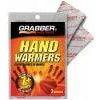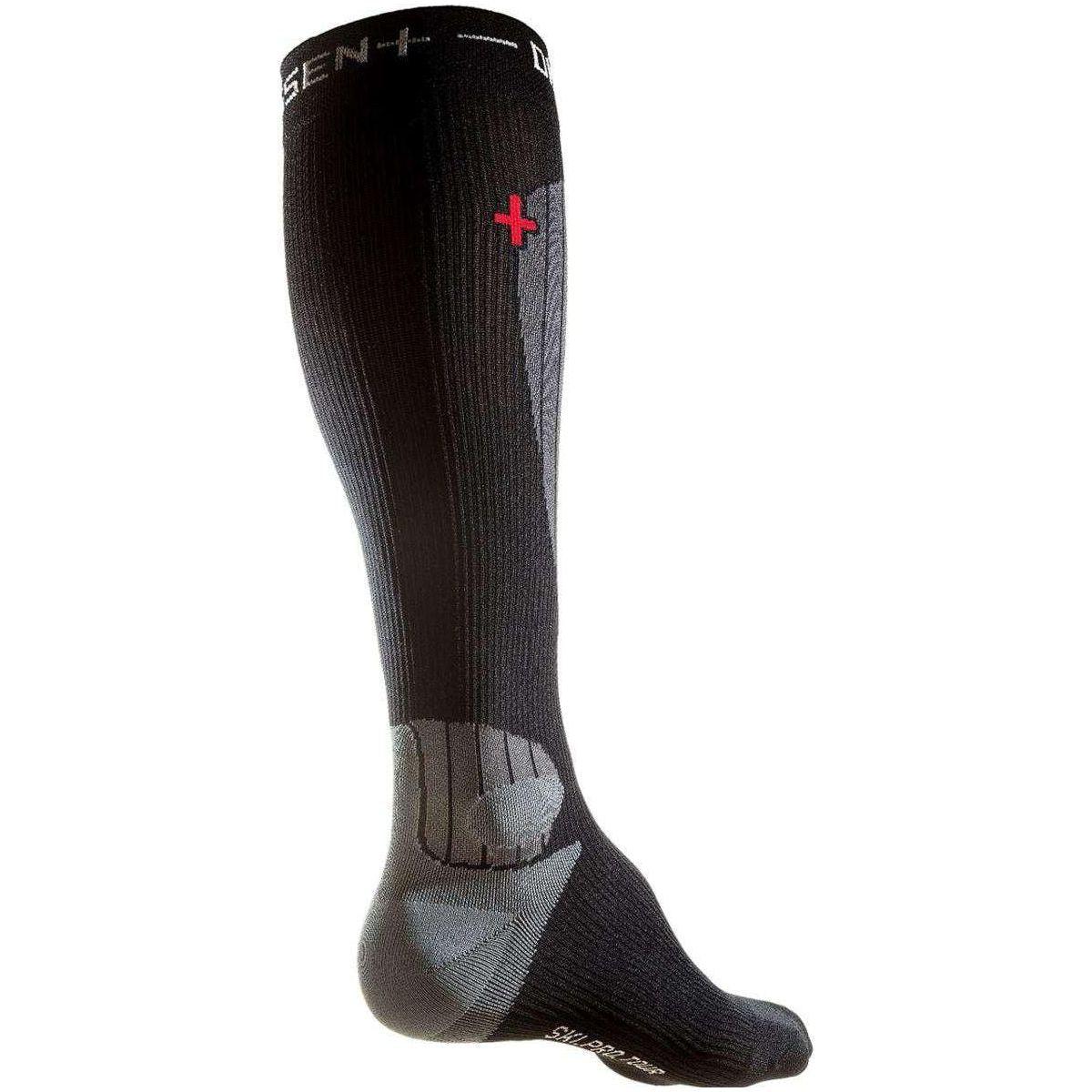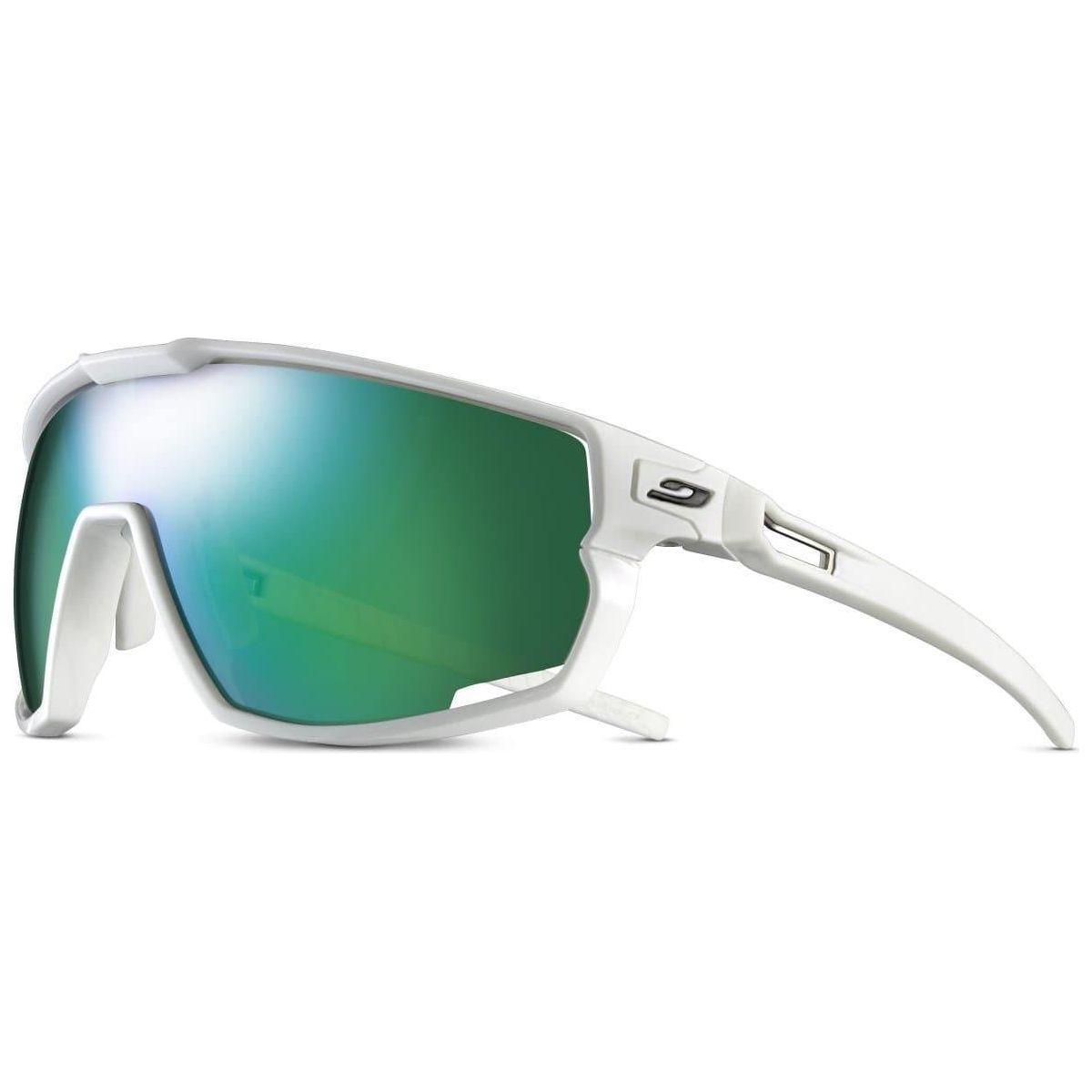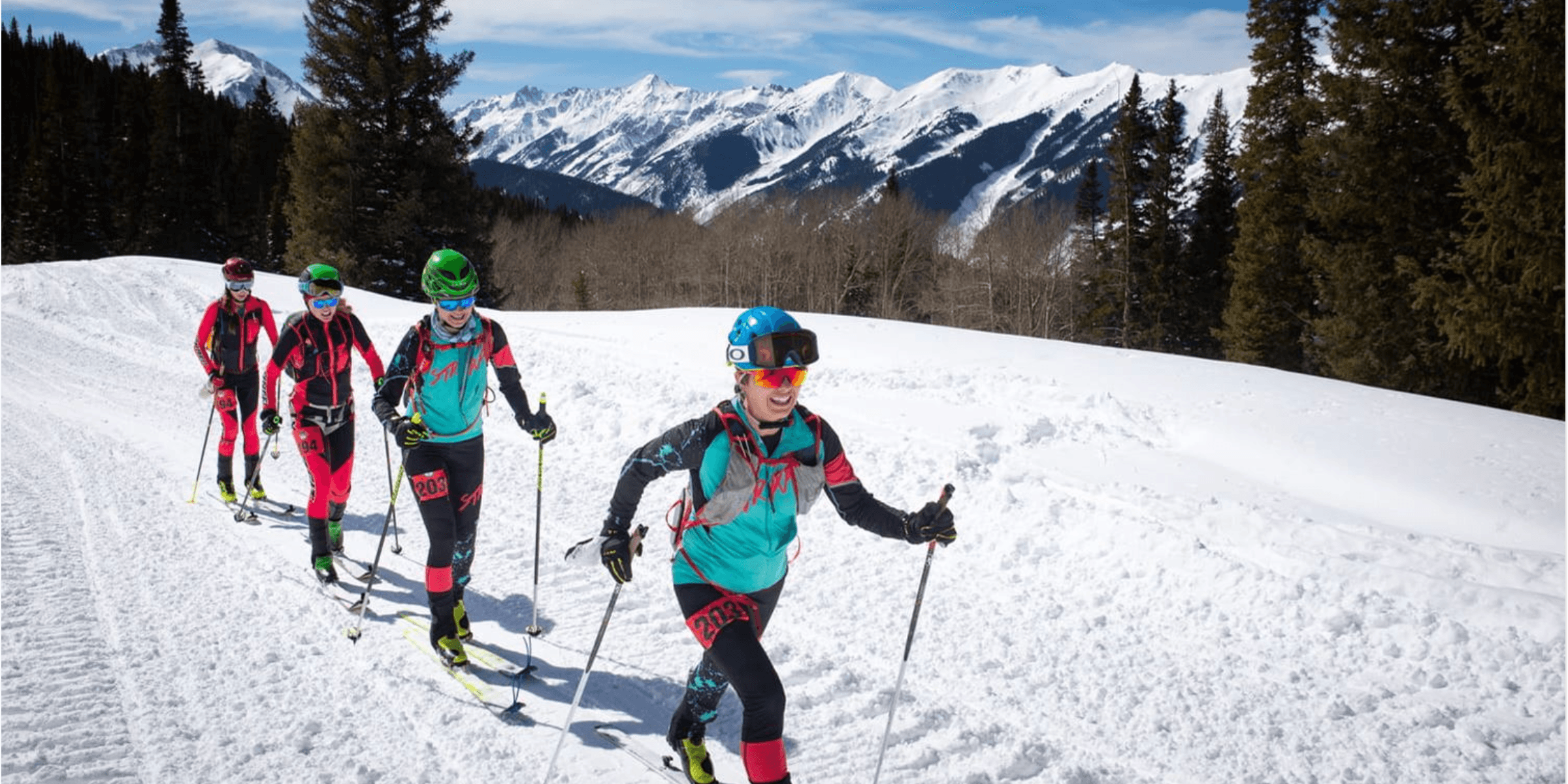Let's say you walk into a barber shop and there are two barbers standing behind the chair. Would you go to the one with his own immaculately trimmed hair, or would you go to the other with his messy hair chaotically shooting out in every direction? Until recently, I was the second barber, and instead of hair it was my ski gear crumbling around me as I offered last minute fixes for other racers right up until the last possible minute before a skimo race. There are a hundred ways to lose a race before you put it all together for the win, and half of them start with poor gear maintenance before you ever make it to the start line.
Here are five tips to avoid the most common problems.

1) Wax your skis!
Waxing your skis may seem obvious, yet we often overlook it. Many races feature flat skate sections or places where glide is key. If you double pole before the racer next to you, you risk losing valuable rest time.
Waxing your skis helps skins stick better throughout the race. Dry bases will tax your effort; they adhere poorly to skin glue and your bases are more likely to build up ice, especially at the edges of the skin. If your skins touch these icy fringes during your next transition, those ice particles transfer to the glue and a sad day of skin failure ensues.
Pro Tip: It is essential to remove all wax from your bases before race day as it can negatively react with your skin glue. A ski should have no visible wax on the base and you should not be able to scrape any off with a fingernail. All wax lives deep in the pores of the base, so consider skiing down hill for a few hundred feet before the start to get the last bits off.
2) Add glue to your skins
Did you just cringe when you read skin failure? There is no better way to ruin a race than kicking a skin, so it is paramount to do everything you can before race day to prevent this. Most race skins do not have tail clips; however, if you know conditions are cold or a skin track is particularly steep and heinous, consider adding race skins with a tail clip to your skin quiver! Without the tail clips the skin will slowly peel off from the back. These last six inches of skin require additional glue.
The good news is that adding glue is not a super involved process. Unlike “regluing” skins, you do not need to remove the old glue first. Both Black Diamond Gold Label glue and Pomoca glue will get the job done, but warm the tube in hot water before applying for best results. Just drizzle a few stripes of warm glue onto the tails of your skins and use a flat edge to spread it evenly. Allow at least six hours for the glue to cure before folding it up.
Pro Tip: The new glue is extra sticky. Leave yourself a 1-inch tab of exposed skins for your back up pair so you can more easily pull them apart in the race.
3) Wax your skins
Applying some warm weather or yellow wax to your skins can save your race. Warm weather wax is designed to make your ski bases hydrophobic. Waxed bases repel water and break the surface tension as friction melts the snow and a thin layer of water forms under your bases. Wouldn’t it be great if your skins did that too? Waxing your skins not only prevents devastating globbing on warm days, but it can also increase your glide when striding.
The how-to is basic. First, attach the skin to your ski base as if you were taking off to go uphill. Crayon the wax back and forth on the plush of the skin making sure to pull against the grain to fully work it into the skin. Next, take a hot iron and very quickly run it in the direction of the grain of the skin (tip-to-tail) to slightly melt the wax into the plush. Just one quick swipe with an wax iron will suffice, anything longer could damage the glue by overheating. Remember we are dealing with warm wax, so set the iron temperature accordingly.
4) Practice your ski carry
Most races have a boot pack where a ski carry on your pack is mandatory. Lucky for us, most ski mountaineering specific packs now come equipped with a quick-carry system. Don’t let race day be the first time you try your pack’s ski carry system. Make sure the hook or strap that secures the upper portion of your skis is accessible at the starting line. Also remember to fully secure the strap so it is not flying around and hitting you in the face while charging down the first descent!
5) Make all your supplies easily accessible
A good race is one where you never stop moving and never take off your backpack! In other words, organize your food and water so it is easily accessible. Most race tops have extra pockets for food, and many new vest style packs bring more storage to the shoulder straps. Practice stashing your food, water, avalanche transceiver and extra skins in the same place for every training mission. You’ll learn to automatically sort the gear and know where it is on race day.
Final notes: Develop a gear maintenance checklist
Race gear is light and tends to explode without warning… or does it? Many tell-tail signs of gear-wear manifest before the final catastrophic failure.
- Check the edges of your skis for delamination; cracks can allow water to damage your ski core.
- Check machine screws and cordage on your boots. These can be tightened or replaced before the added slop increases the load on your boots.
One of the greatest parts of the sport of ski mountaineering racing is the complexity that goes into every race. A solid race is not simply the outdoor manifestation of Ivan Drago running on a vertical treadmill hooked up to machines to measure V02 max. This is contrary to popular belief and most fit racers excuses at the finish line. If you use these tricks to get past the gear pitfalls, all you have to worry about is water freezing, nutrition, sports psychology, skinning technique, ski ability and fitness and training. The good news is each race is a fun challenge and there is always something else to learn.




